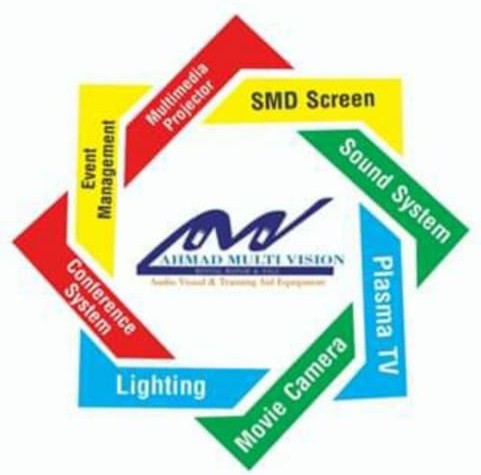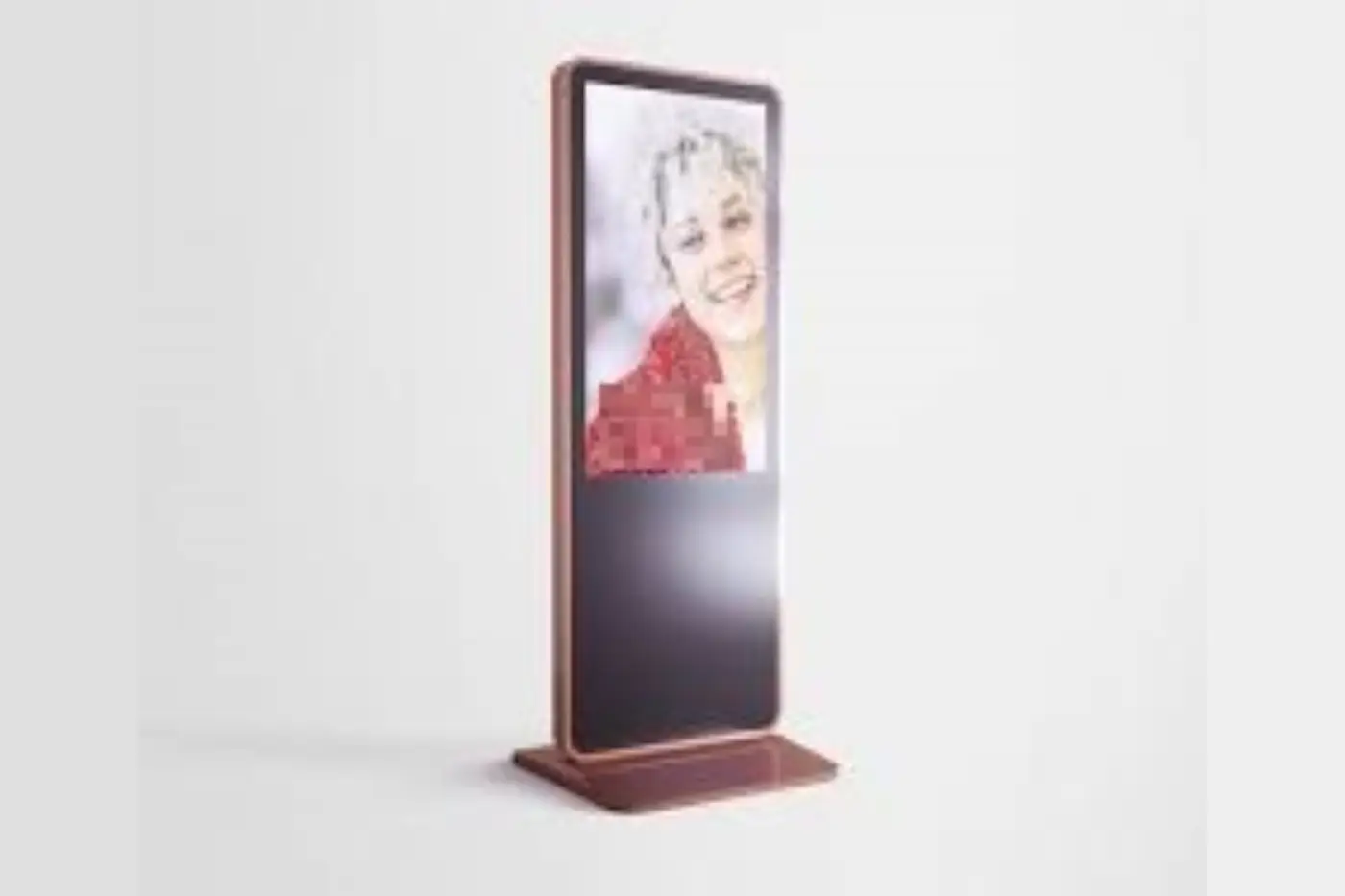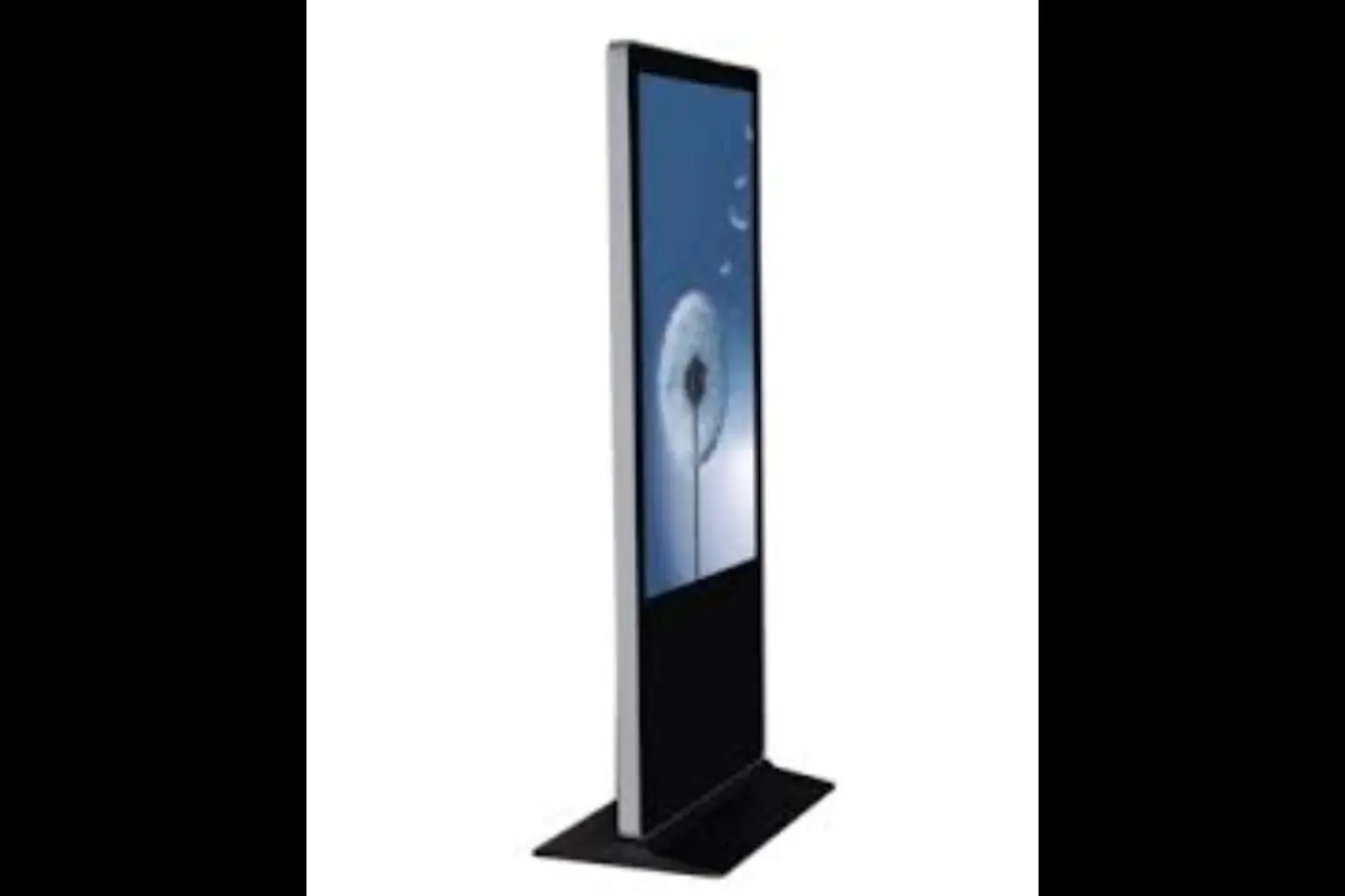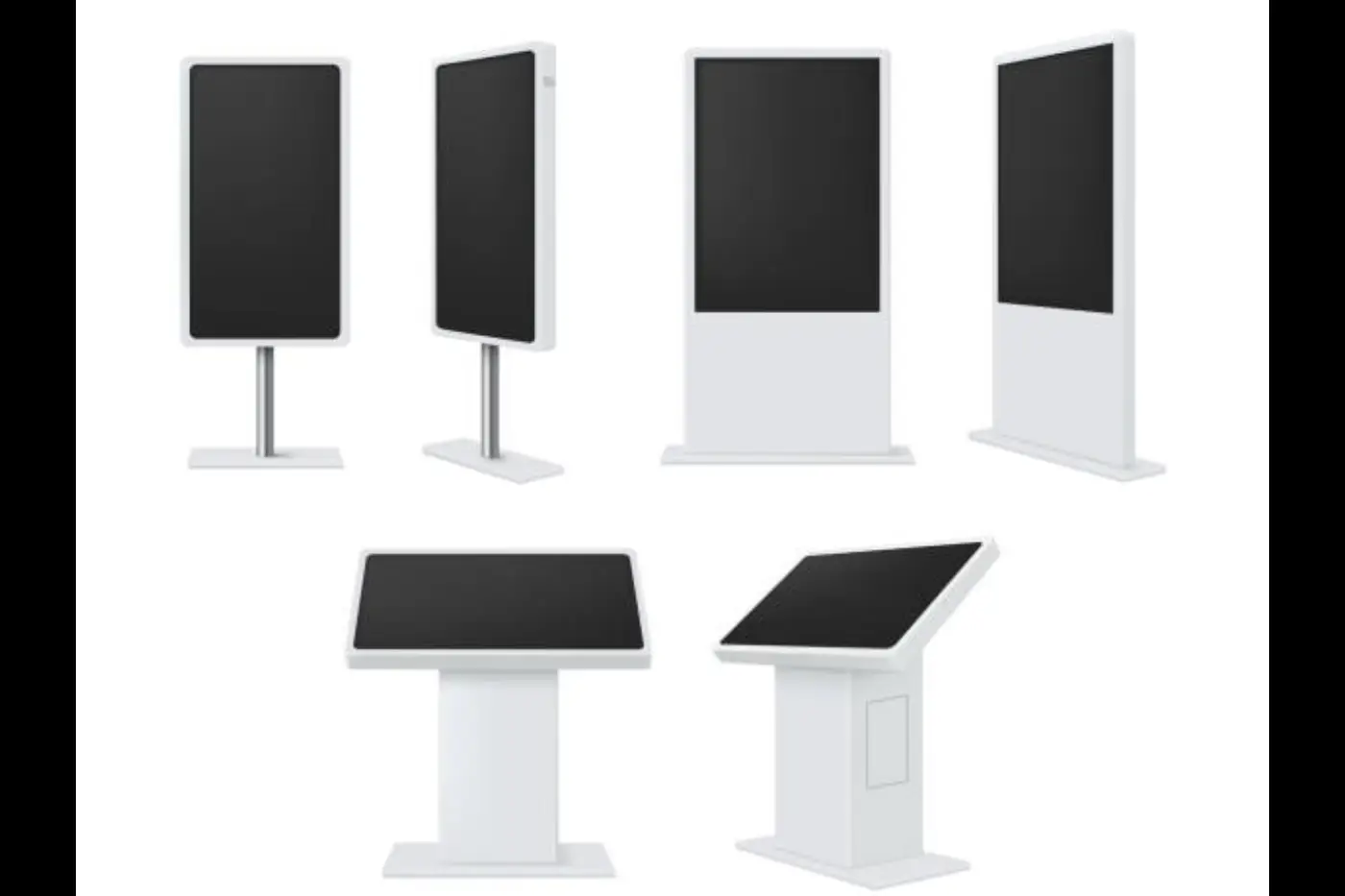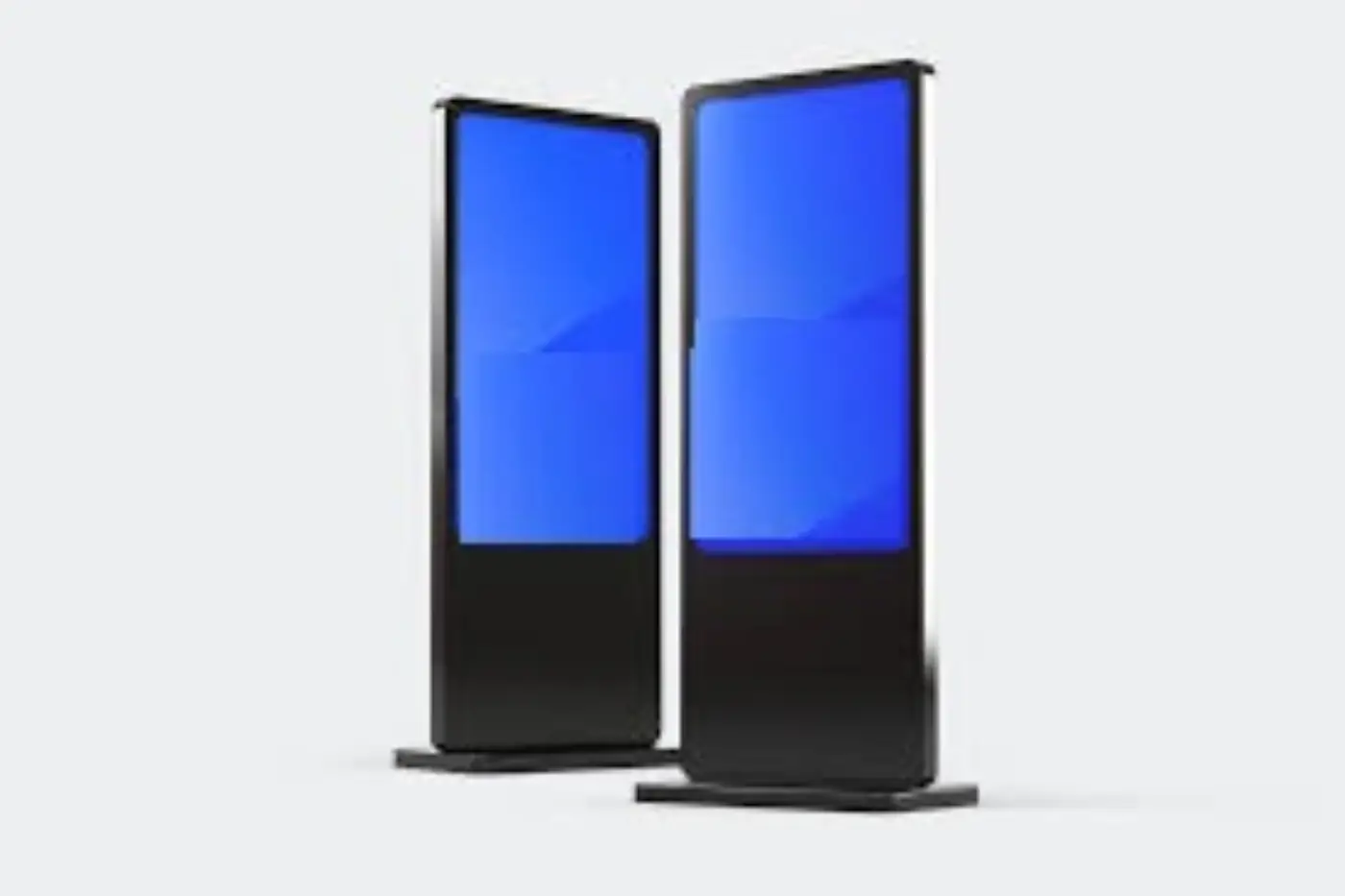Digital Standee
Social & Corporate Events Management
Overview
A digital standee is a modern, interactive alternative to traditional cardboard or poster standees used for advertising, promotions, or informational displays. It typically consists of a digital screen (LCD/LED/OLED) mounted on a stand or kiosk, displaying dynamic content such as videos, animations, slideshows, or even touch-enabled interactive experiences.
Key Features of Digital Standees
Dynamic Content
Unlike static standees, digital versions can show videos, GIFs, animations, and real-time updates.
Touchscreen Capability (Optional)
Some digital standees allow user interaction, such as browsing products, signing up for newsletters, or accessing QR codes.
Remote Content Management
Content can be updated in real-time via cloud-based software without physical replacements.
Eye-Catching & Engaging
Bright, high-resolution displays attract more attention than traditional print standees.
Customizable & Flexible
Suitable for retail stores, exhibitions, movie promotions, corporate lobbies, and events.
Common Use Cases
Retail Stores
Promoting new products or discounts.
Movie Theaters
Displaying trailers or posters of upcoming films.
Corporate Offices
Sharing company announcements or visitor information.
Events & Exhibitions
Interactive brand engagement.
Restaurants & Cafés
Digital menus or promotional offers.
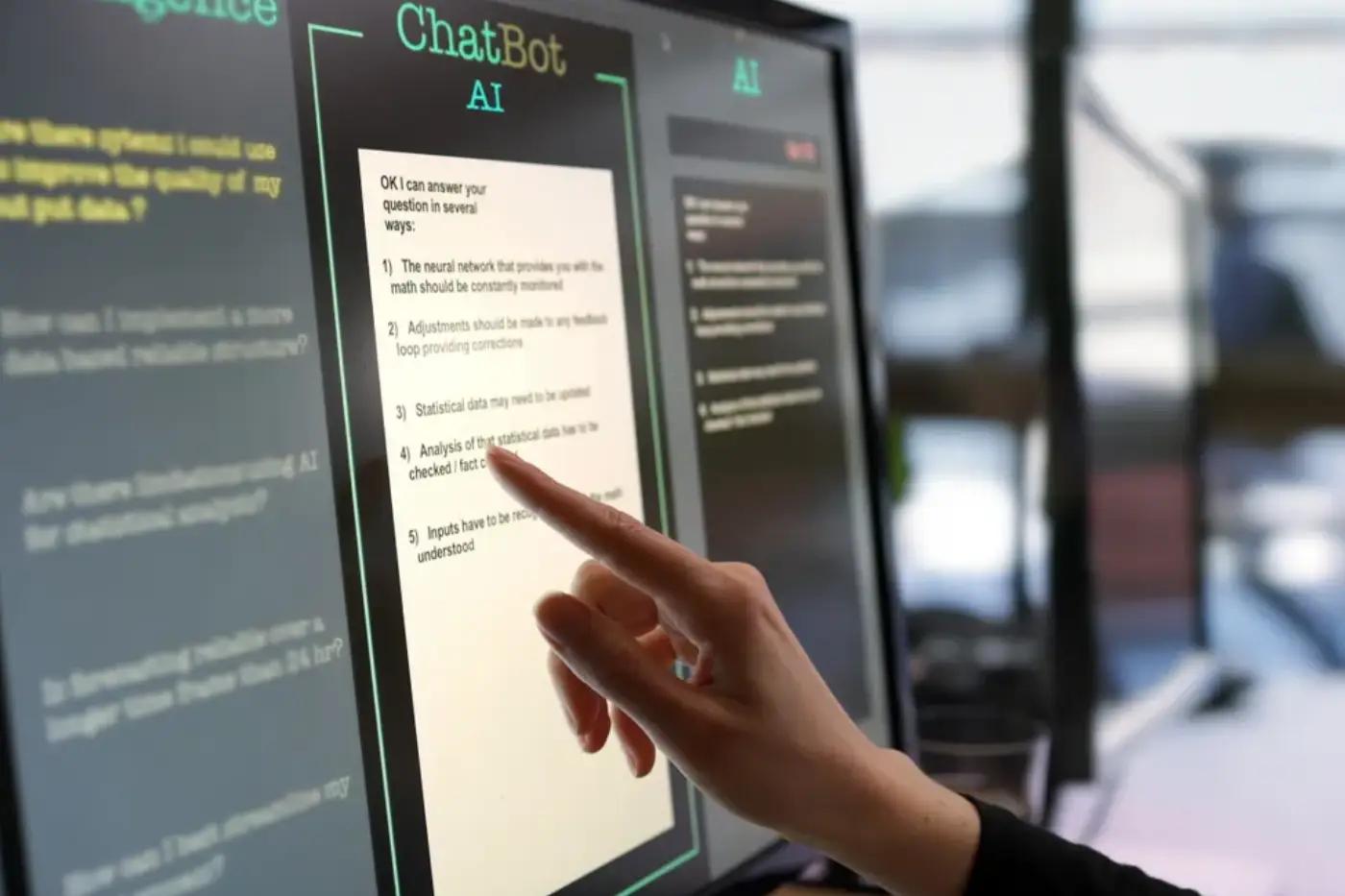
Buying or Renting a Digital Standee: Step-by-Step Guide
Determine Your Requirements
Before purchasing or renting, consider:
- Purpose: Advertising, information kiosk, interactive display, etc.
- Location: Indoor (mall, office) or outdoor (requires weatherproofing)?
- Screen Size: Typically ranges from 32″ to 85″, depending on visibility needs.
- Interactivity: Do you need a touchscreen for user engagement?
- Content Type: Videos, slideshows, live feeds, or interactive apps?
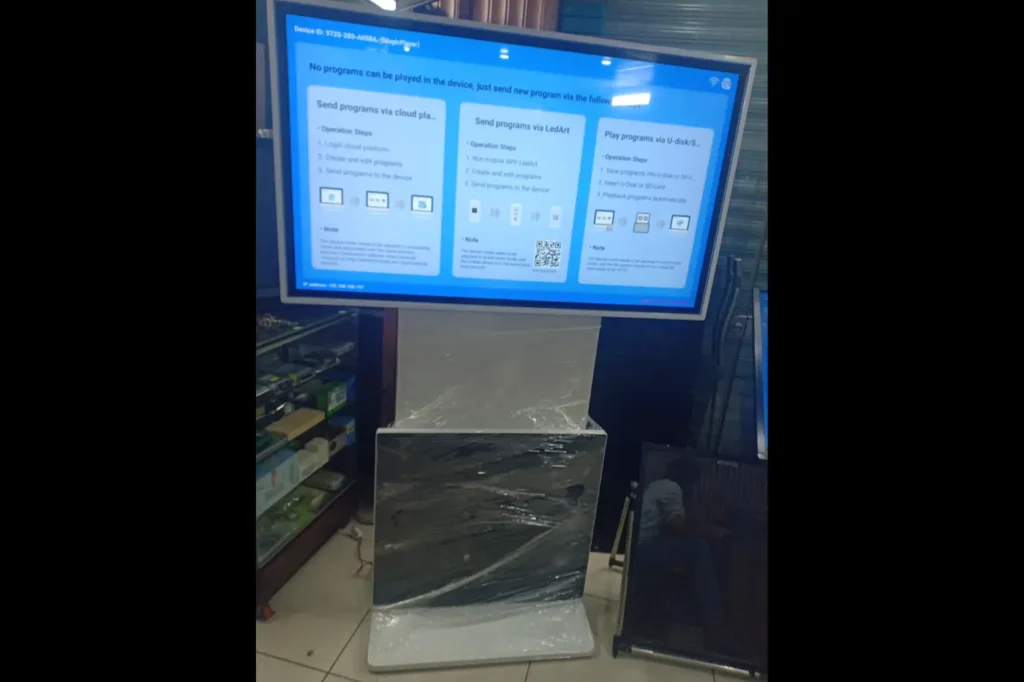

Choose the Right Hardware
Option A: Buy a Pre-Built Digital Standee
- Recommended Brands:
- LG, Samsung, Sharp (for high-quality commercial displays)
- Elo Touch (for interactive kiosks)
- BrightSign (for standalone media players)
- Price Range:
- Basic non-touch: $500 – $2,000
- Large touchscreen: $2,000 – $10,000+
Option B: DIY Digital Standee
- Components Needed:
- Display: A commercial-grade monitor (e.g., LG UltraStretch for wide formats).
- Stand/Kiosk: Freestanding mount or wall-mounted frame.
- Media Player: Raspberry Pi, BrightSign, or even a mini-PC.
- Optional Extras: Touch overlay, NFC/QR code scanner, cameras.
Select a Content Management System (CMS)
To control and schedule content remotely:
- Cloud-Based CMS Options:
- ScreenCloud (user-friendly, supports apps)
- Yodeck (Raspberry Pi compatible)
- NoviSign (great for interactive content)
- BrightAuthor (for BrightSign players)
- Free/Simple Alternatives:
- Use Google Slides or PowerPoint in a loop (for basic setups).

Design Engaging Digital Content
- Best Practices:
- Keep videos short (10-30 sec loops).
- Use bold text & high-contrast visuals.
- Include QR codes for call-to-action (e.g., “Scan to Learn More”).
- Tools for Content Creation:
- Canva (for simple graphics)
- Adobe Spark or Premiere Pro (for videos)
- Figma (for interactive UI mockups).
Install & Set Up
- Assemble the stand/mount.
- Connect the media player (HDMI/USB).
- Upload content via CMS or USB drive.
- Test visibility from different angles.
- Secure cables and power sources.

Optimize for Maximum Engagement
- Placement: High foot traffic areas with good visibility.
- Brightness: Adjust for ambient light (300+ nits for bright spaces).
- Analytics: Use Wi-Fi-enabled players to track engagement.
- Updates: Refresh content regularly to maintain interest.
